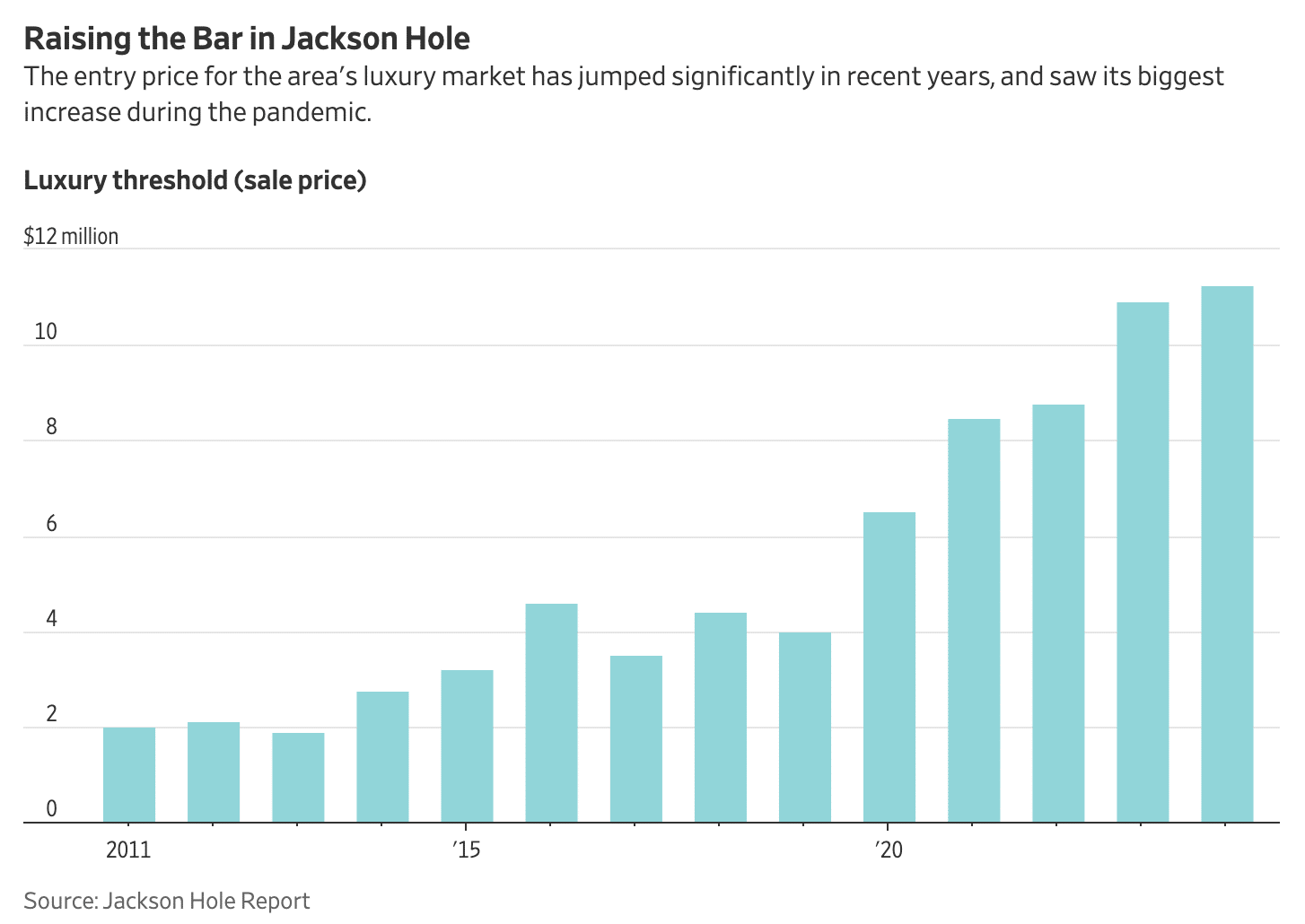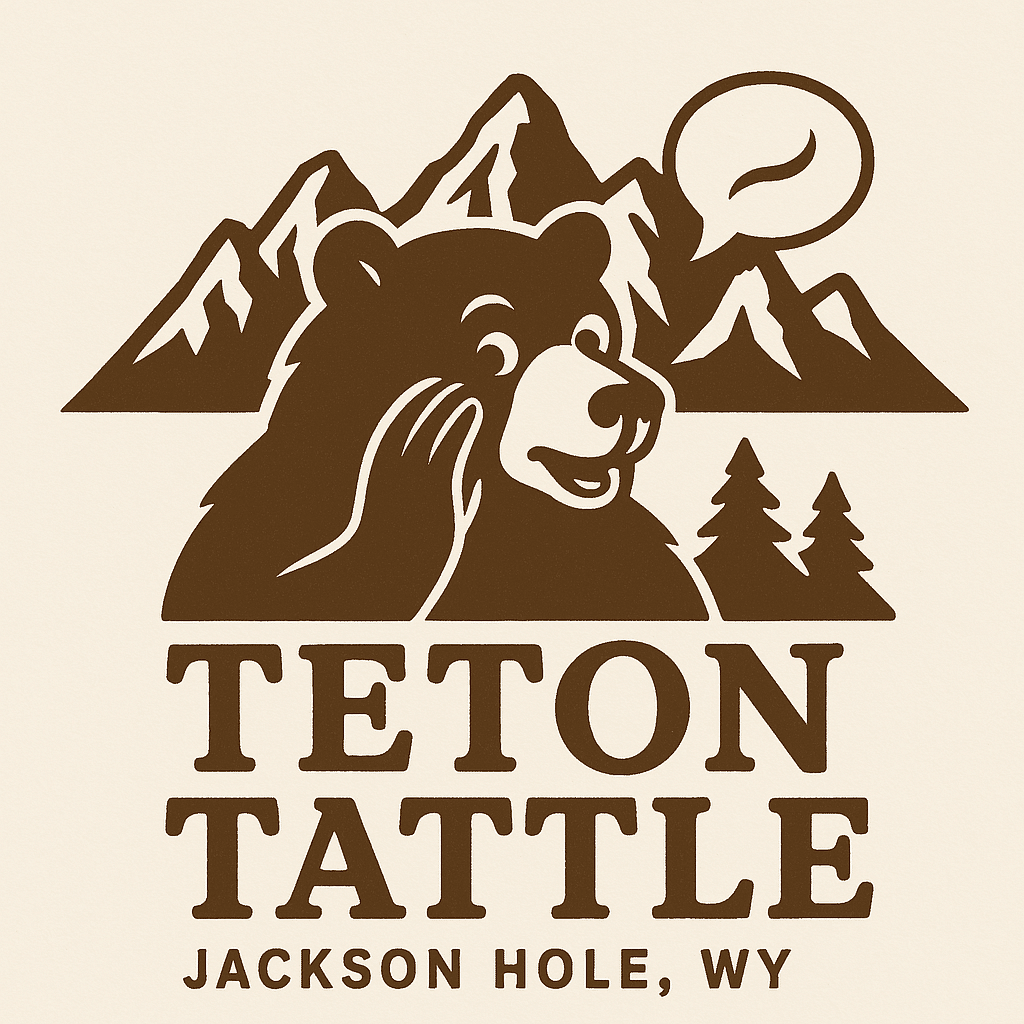In what appears to be a glorified advertisement for $40 million-plus local real estate listings, the Wall Street Journal published an article recently titled “Jackson Hole’s Housing Market Isn’t Coming Back Down to Earth Anytime Soon”.
The article focused on the large increase in home values after the influx of buyers into the area during and after the COVID pandemic.
"During Covid, well-heeled buyers arrived in droves, drawn by the wide-open spaces and Wyoming’s lack of state income tax, corporate income tax or estate tax. The deluge of buyers quickly absorbed available properties, driving up home values. It also attracted developers eager to build and sell more homes at higher prices."

While the pace of sales has since tapered off, prices remain as high as they have ever been, particularly at the top of the market. Last year, the median home sale price in Jackson Hole was $3.4 million, doubling from $1.7 million in 2019, according to the Jackson Hole Report. In 2024, there were 31 homes listed for $10 million or more, roughly double the amount listed prepandemic.
Originally settled by homesteaders in the 1800s, Jackson evolved into a luxury destination in the early 20th century. Over the past few decades, high-end real estate has surged, with large estates like Camp Teton and Bugling Elk selling for tens of millions.
Due to 97% of Teton County being under conservation, a lack of land that can be developed has driven prices even higher, further strained by a lack of inventory. Many buyers who moved to Jackson during the pandemic have retained their properties, contradicting expectations of a post-COVID selloff.
Wealthy newcomers continue buying, fueling a building boom led by spec developers like Jackson Home Co., which is constructing multimillion-dollar homes. Compared to Aspen, Jackson is more discreet, attracting privacy-minded buyers thanks to Wyoming’s nondisclosure laws.
However, longtime residents face growing pressures, including rising property taxes and disappearing views due to oversized developments. Locals say the town’s character is shifting, with increasing socioeconomic tension between legacy residents and affluent transplants.





